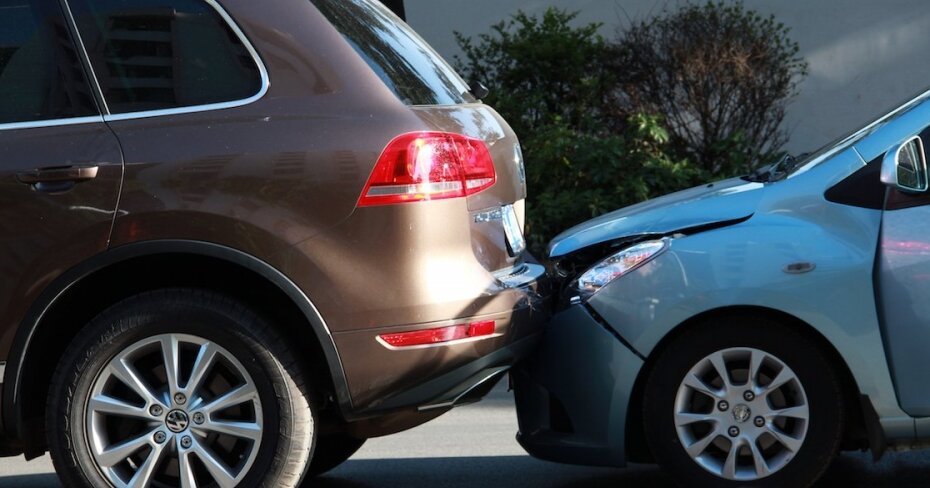We answer our reader’s questions about car insurance in Canada
By: John Shmuel on October 13, 2017
Here at LowestRates.ca, we gather our reader questions every month and get our in-house experts to provide answers.
This month's topic: car insurance. Car insurance in Canada is a complicated issue, since rules and regulations are vastly different in every province.
But that’s alright. We’re here to wade through it all for you. Below, we’ve posted a few of the most common questions we’ve received about insuring cars and our answers.
When is the right time to shop for new car insurance? Just before my renewal?
Comparing auto insurance should be something you do annually. Every year, some insurers raise their premiums for new or existing customers, while others lower them. One year you could be with a provider who offers you the best rate, while the next, you’re stuck paying hundreds of dollars more annually than you need to.
The best time to change your insurance is right before your premium is up for renewal. If you find a better rate before your policy goes into effect, then you can switch in the month prior to the new start date with no charge.
However, if you find a better rate halfway through your premium, you’re going to get hit with a penalty. Different insurers have different penalties. Often, you’ll find they don’t explicitly state on their websites what that penalty is.
This is why you should call your insurer and ask how much you might be charged for cancelling a premium early.
I just moved to a new province — what do I do about my car insurance?
Moving provinces might mean changing auto insurance providers, too. After all, while a province like Ontario has a private insurance market, British Columbia has a provincial insurance system. In B.C., you need to register, licence and insure your vehicle within 30 days of moving to the province.
You can simplify any move by taking the time to call your existing insurer and ask for help on what you need to do to get set up in your new province. Make sure you check off all the steps below.
- Ask for a claims experience letter from your insurer. It documents your claims history and you may be asked for this when applying for insurance in a new province. The letter will usually take a week to arrive in the mail, so do this before you move.
- Apply for new registration and licensing in your new province. Registration and licensing is province specific, so you always need to get these documents when you move. Every province mandates you need to do this within a specific amount of time — usually 30 days.
Comparing saves you money. Use our quoter to see rates from more than 20 auto insurance providers.
Compare nowCan you be the primary driver of two cars if your teen is going to be driving one of them?
This is a common question we get. Often, it’s from parents who want to avoid facing high insurance costs because their teen just started driving.
At first glance, the answer here is no. If someone else is driving the car more than you, and you’re already insured as the primary driver of another car, then the other person is the primary driver. Even if it is your lead-footed 16-year-old.
Of course, there are exceptions to this rule. If you’re the only person in your household, you can be listed as the primary driver of multiple vehicles. As well, if there are other residents in your household, but they’ve been denied insurance because of their risk profile, you can be the primary driver of multiple vehicles.
Just make sure that no one else is driving your cars in the latter scenario. If they get into an accident, you’re going to be denied coverage in the event of a total loss.


